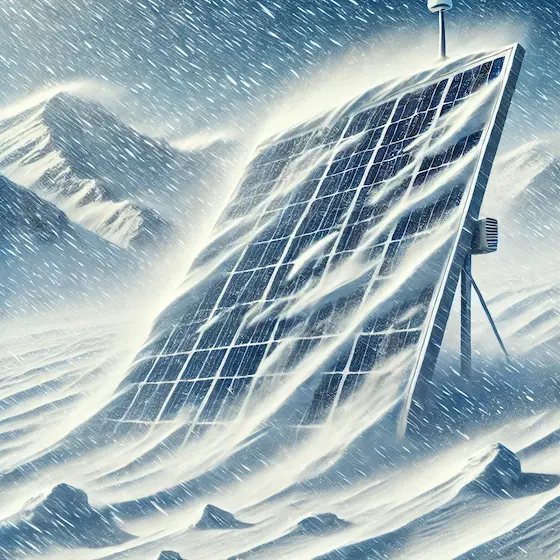Ambitious nuclear and rooftop solar expansion to avoid landscape-impacting wind and alpine solar units
Preserving landscapes
Protect natural, unspoiled areas by avoiding large-scale energy projects
Leveraging nuclear energy
New nuclear power plants ensure a long-term, climate-neutral electricity supply
Expanding rooftop solar
Massive installation of rooftop PV systems without impacting the landscape
Minimizing imports
Limited but necessary electricity imports to cover the winter power shortfall
Energy Mix Winter
Production
Demand
Production
2025
Total generation 32.4 TWh
2050
Total generation 45.5 TWh
Demand
2025
Total demand 36.1 TWh
2050
Total demand 45.4 TWh
2050 Winter
Transition Winter
The energy mix as we transition to 2050
Demand
Import
Import atget exceeded
PV
Wind
Hydro
Biomass
Geothermal
Nuclear
Fossil
2025 Winter
TWh
Demand
36.1
Generation
32.4
Deficit
--
Import 3.6
Import
3.6
Import atget exceeded
--
Generation
32.4
Storage reserve used
--
PV 3
PV Roof
2.9
PV Alpine
--
PV Ground
--
Wind
0.1
Hydro 15.1
Run-of-River
6.3
Storage
8.8
Biomass 1.1
Biomass
1.1
CCS Biomass
--
Gas --
Market-Gas
--
Reserve gas power plants
--
Geothermal
--
Nuclear 12.2
Nuclear
12.2
New nuclear
--
Fossil 0.9
Existing fossil fuel power plants
0.9
CCS Fossil Fuels
--
Hard coal
--
Challenges
Import target exceeded
The energy law sets a non-binding 5 TWh import target, which will be exceeded in 2033 - 2046.
Landscape preservation
Avoiding impacts on natural landscapes restricts the expansion of renewable energy projects
Delays due to opposition
Projects are delayed or blocked by opposition and public referenda
Technological and investment risks
Building new nuclear power plants is currently banned and involves high economic risks for investors
Dependence on rooftop PV
Missing winter energy from ground-mounted or alpine solar must be compensated through rooftop PV and imports
How Resilient Is This Scenario? Put It to the Test!
The scenario above assumes normal weather and stable energy imports, but what happens when extreme conditions hit? A harsh winter or import limitations from the EU could impact production, increase demand, and even lead to power shortages. Stress-test your scenario under these challenging conditions and see how it holds up in the face of real-world uncertainties.

Costs
Total Costs, Revenues and Subsidies in CHF until 2050.
Total production costs
239 billion
Accumulated until 2050
Revenues
219 billion
Assuming an average power price of 75 CHF/MWn
Subsidies required
37 billion
Remaining costs not covered by revenues
Average cost
8.5 billion / year
The annual average of the total cost, 8.5 bn CHF per year, is less than 2% of the (estimated) Swiss GDP in 2024 (825 bn. CHF).
Levelized cost
We use Levelized costs of electricity (LCOE). Future costs may rise as cheaper plants are replaced. High demand and costly technologies like rooftop PV can further increase costs. See Expert Mode for details on technology costs.
2020s
2030s
2040s
Levelized cost (LCOE) ⌀ CHF/MWh
About the scenario developer

Axpo
Axpo is Switzerland's largest power producer and an international leader in energy trading as well as in the marketing of solar and wind power. Around 7,000 employees combine experience and expertise with a passion for innovation and the pursuit of ever better solutions. The “Renewables” scenario is one of several official scenarios from Axpo for a renewable energy future for Switzerland.
Want to know more about this scenario?
Explore detailed energy data, customize generation parameters, and create your own energy
scenario with the expert mode
Show in expert mode We want your feedback!
We’re excited to be taking Power Switcher in a new direction and would love your feedback! Let us know what’s working and where we can improve, every suggestion helps us make the tool better for you.
Share feedback Got questions about the Power Switcher or the Scenarios?
Contact us on [email protected]
Contact us on [email protected]
Methodology reviewed by ETH Zürich
